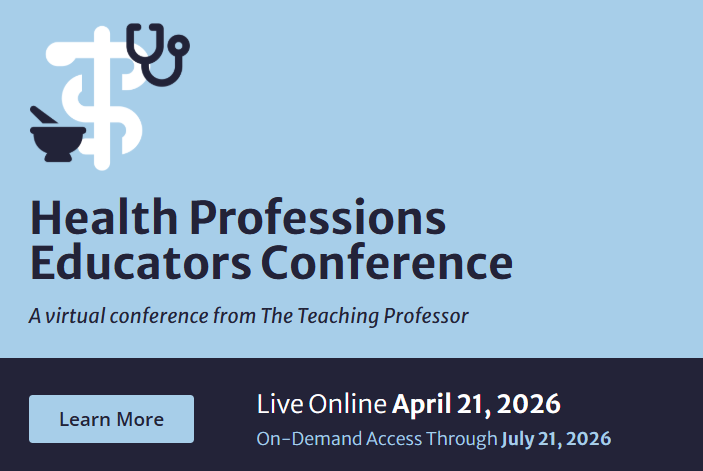Today’s students enroll in college with expectations of a smooth and direct path to graduation, only to discover that professional track programs can be inflexible, challenging, and prescriptive. Programs such as nursing, dental hygiene, physical therapy, occupational therapy, veterinary technology, and others are governed by rigorous accreditation standards. Colleges and universities must adhere to the standards developed by the respective governing bodies; however, many of the standards are in direct conflict with how some students learn and absorb knowledge and do not take into account learning preferences, teaching styles, and student/faculty personalities. With accelerated programs popping up all over the country, how can we maintain high accreditation standards yet be flexible enough to meet the learning needs of today’s professional track student?













